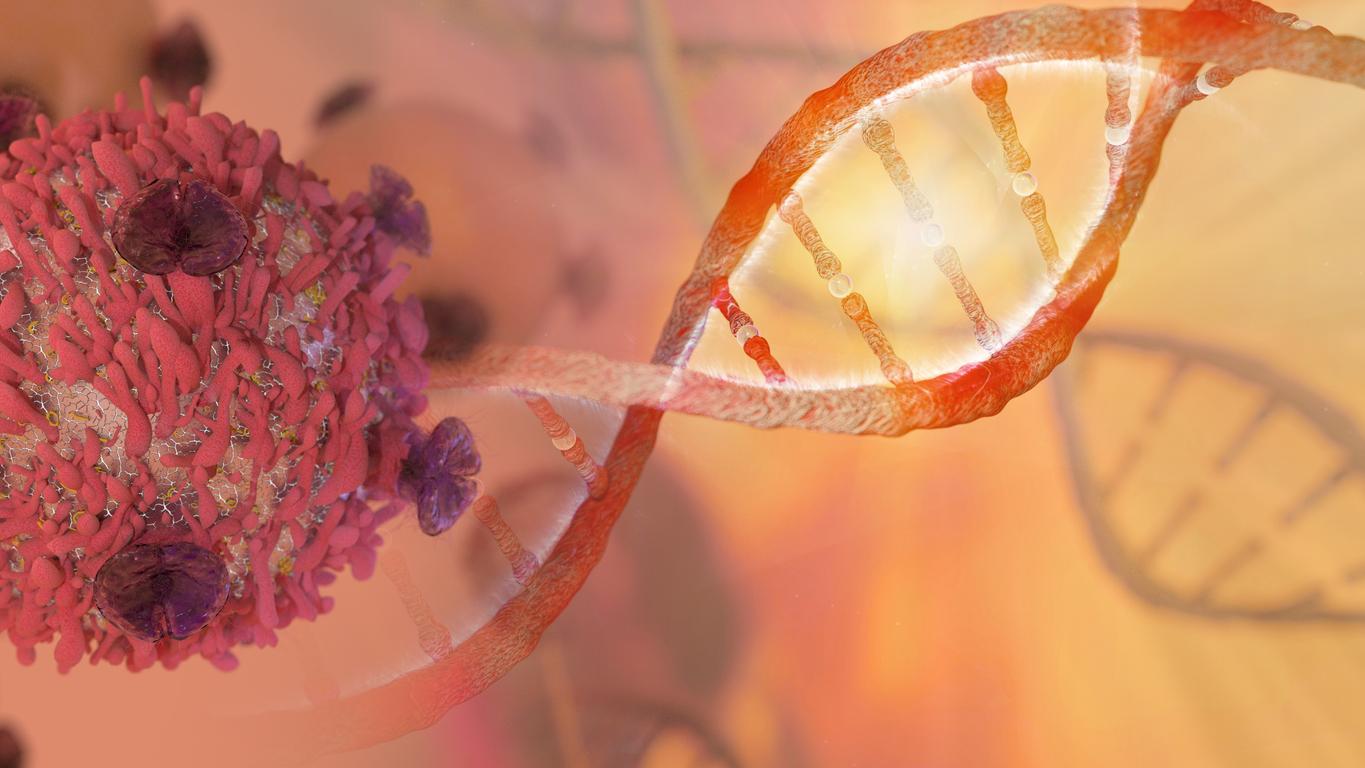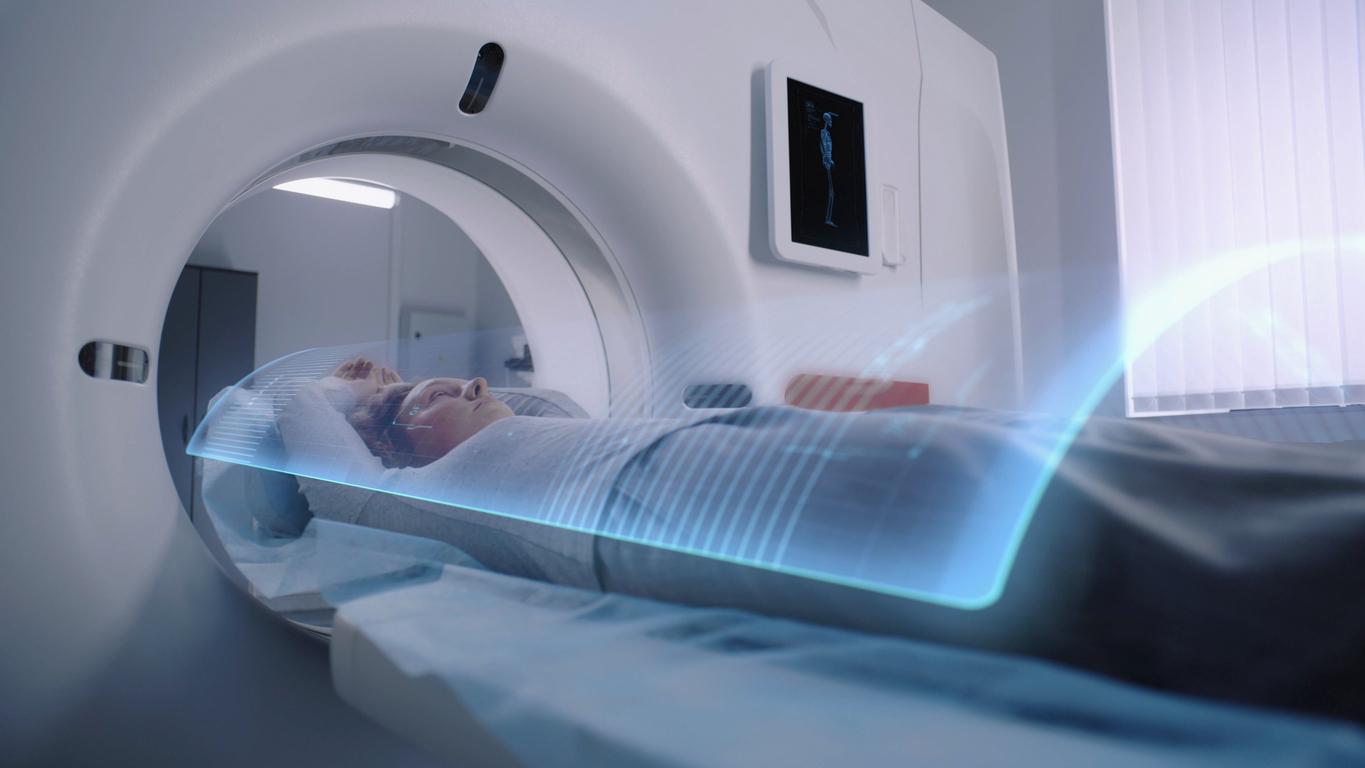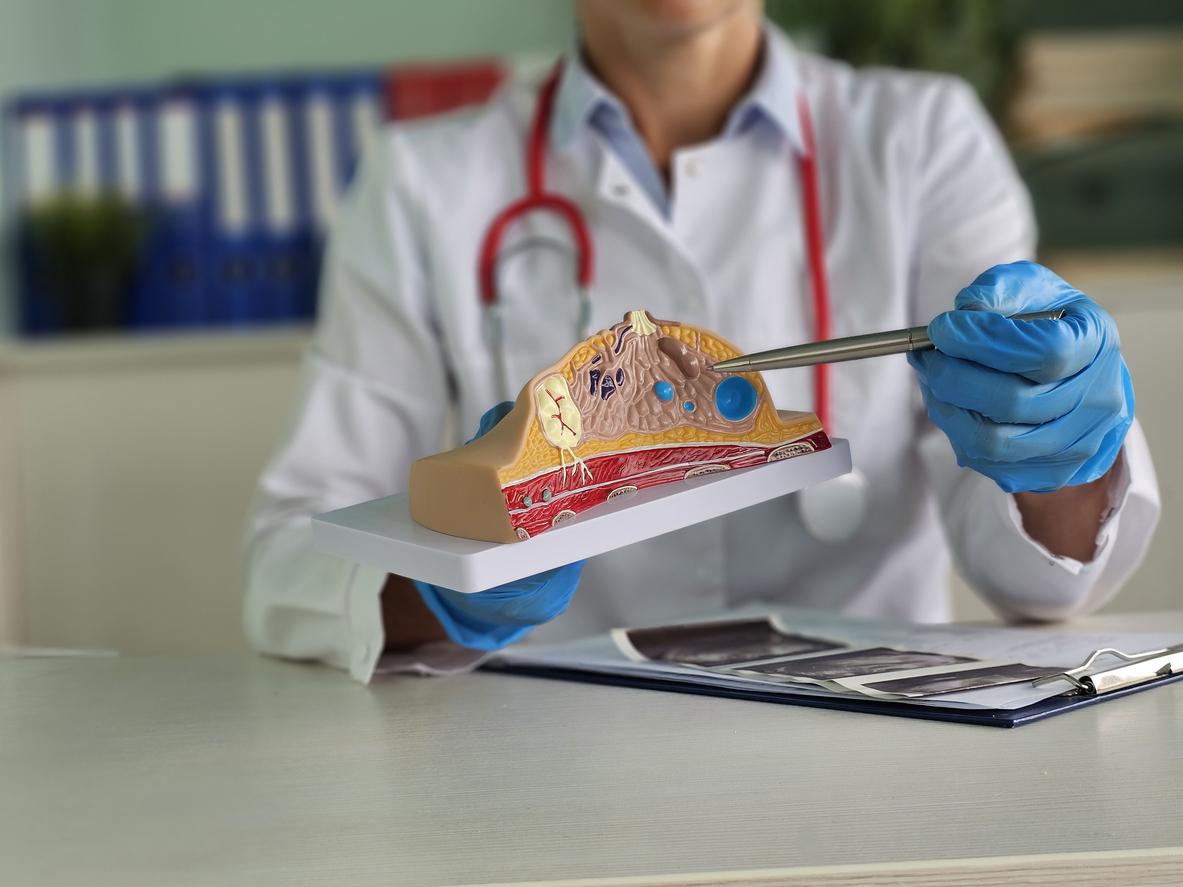Breast cancer is no longer a taboo and a lot of information is circulating on the treatments offered to patients. But what happens afterwards, when these patients have just learned that they were “in remission” and are left to fend for themselves again? That post-breast cancer period is not always easy to live with.
Of course, there is relief. But there are still psychological stigmas, and we have to “deal with” the persistence of the side effects of certain treatments (such as cognitive disorders, for example), without forgetting all the received ideas circulating in the environment.
Helping patients, even after cancer
To shed light on this “life after” and bring a touch of humor and lightness to the lives of patients, the IUC-oncopole of Toulouse opened a post-breast cancer consultation at the end of 2021. Objective: “to help patients during this important stage so that they feel less on their own and more supported on the medical and paramedical levels” emphasize the caregivers.
But so that all women (from Toulouse and elsewhere), patients, ex-patients and those around them can be informed about this forgotten stage of the disease, the IUC-oncopole Toulouse team has also imagined a web- series broadcast on social networks, Emily’s pathwhich uses all the codes of romantic comedy to talk about cancer and the first year of remission.
The pitch? Mathieu falls in love with Emilie. He learns that she is in full remission from breast cancer. Wishing to put all the chances on his side, he learns about the various issues related to breast cancer and after cancer. Obviously, he does not master the subjects as well as she does, and regularly gets his feet in the rug! Thanks to their two friends, Peggy and Bruno, they take it in turns to come back to the blunders and the intox they took for real info.
What follow-up after breast cancer?
After the announcement of remission, a consultation is scheduled every 6 months for the first 5 years, then once a year for the following years. The oncologist obviously adapts this rhythm to the patient’s situation, particularly in view of the risk of recurrence.
This post-cancer follow-up makes it possible to detect the reappearance of cancerous cells (in the same place or in another region of the body) and to monitor the possible appearance of a cancer different from that which was treated. This also makes it possible to reassess treatments and adjust them if side effects are detected. But also to implement the supportive care necessary to restore the patient’s quality of life.
Read also :
- Breast cancer: 6 symptoms not to be overlooked
- Cancer: the plants that relieve the side effects of chemo (and rays)
- Breast self-examination: 7 photos to know how to do it
















